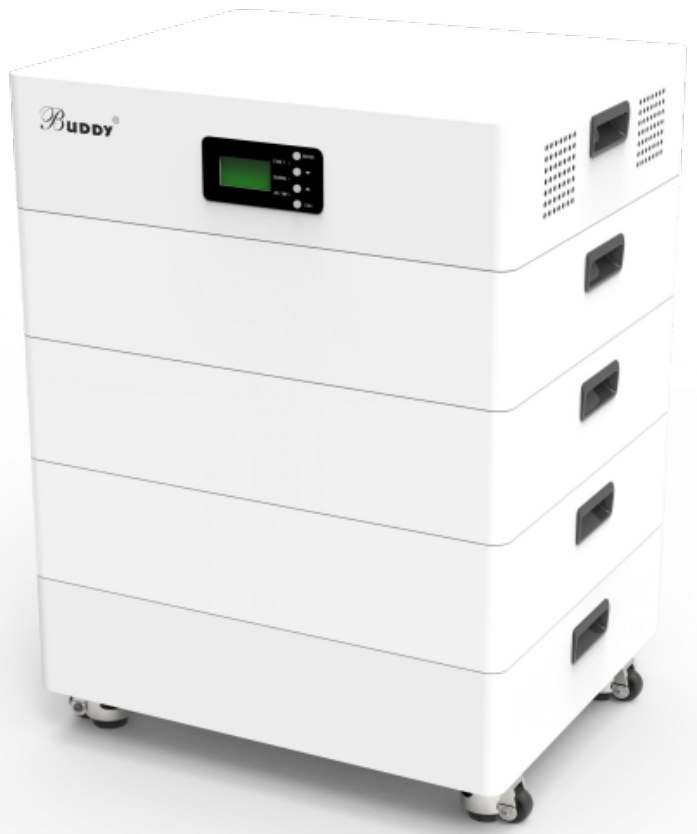
Global new energy storage capacity peaked at 45 gigawatts (97 gigawatt hours) last year and is expected to continue its growth momentum in the future. By 2024, global energy storage capacity is expected to surpass the 100 gigawatt hour mark for the first time. Most of the growth will come from China, making it once again the world's largest energy storage market.
Growth in the US market, which follows, is driven by national policy objectives, utility-scale procurement, and an attractive business environment in places like Texas. In Europe, the Middle East and Africa, the demand for household batteries will be the main growth point in the energy storage sector, especially in Germany, Italy, and other countries such as Austria, Switzerland, Belgium, Sweden, Spain and the United Kingdom.
Bloomberg New Energy Finance forecasts that the global energy storage market will grow at an annual rate of 21% by 2030, reaching 137GW/442GWh. During this period, the global solar and wind markets are expected to grow at a CAGR of 9% and 7%, respectively. Much of the growth in the energy storage market is expected to be driven by mandatory policy mandates and targeted subsidies, including mandatory grid-connection mandates for solar and wind in China, the Inflation Reduction Act in the United States, and related policies in other countries.
The reduction in energy storage costs, especially in the Chinese market, will be a key factor driving global economic energy storage deployment. This is mainly due to the widespread use of lithium iron phosphate (LFP) batteries, which do not contain nickel and are gradually replacing lithium-ion batteries containing nickel manganese cobalt (NMC). Chinese battery manufacturers are leading in the expansion of LFP battery capacity, which also contributes to the increase in LFP market share.
Meanwhile, many other battery manufacturers around the world, including LG Energy Solution and Samsung SDI in South Korea, Panasonic in Japan, and Freyr in Norway, are also looking to start producing energy storage system (ESS) products using LFP. To adapt to this change in the market. BNEF predicts that by 2030, NMC's market share will likely be only about 1%.
in the rapid expansion of global energy storage market, technological progress and cost reduction are the two main driving force. In particular, the continuous maturity of lithium-ion battery technology and the realization of economies of scale have significantly reduced the cost of energy storage systems, thus promoting the rapid growth of the energy storage market.
In China, the growth of the energy storage market is due to the government's support for the new energy industry and the emphasis on energy storage technology. Policies and subsidies introduced by the Chinese government, as well as investments in grid-scale energy storage systems, have provided strong support for the expansion of the energy storage market. China's energy storage market includes not only grid regulation and renewable energy storage, but also home energy storage and recycling of electric vehicle batteries.
in the United States, the growth of the energy storage market are mainly affected by the dual effects of the policy to promote and market demand. The US Inflation Reduction Act provides a series of tax credits and subsidies, which have played an important role in driving the growth of the energy storage market. In addition, the growth of utility-scale energy storage systems and residential energy storage systems is also an important factor driving the growth of the US energy storage market.
In Europe, the demand for home battery storage systems continues to be strong, particularly in Germany, Italy and some Northern European countries. Government policy support and market demand for renewable energy in these countries are driving sales of home energy storage systems. At the same time, as the cost of renewable energy falls and grid demand increases, the demand for grid-scale energy storage systems is also growing.
In general, the global energy storage market is in a stage of rapid growth, and the progress of technology and policy support provide good opportunities for the development of the energy storage market. In the future, with the further development of energy storage technology and the further reduction of costs, the energy storage market is expected to continue to maintain a rapid growth trend.